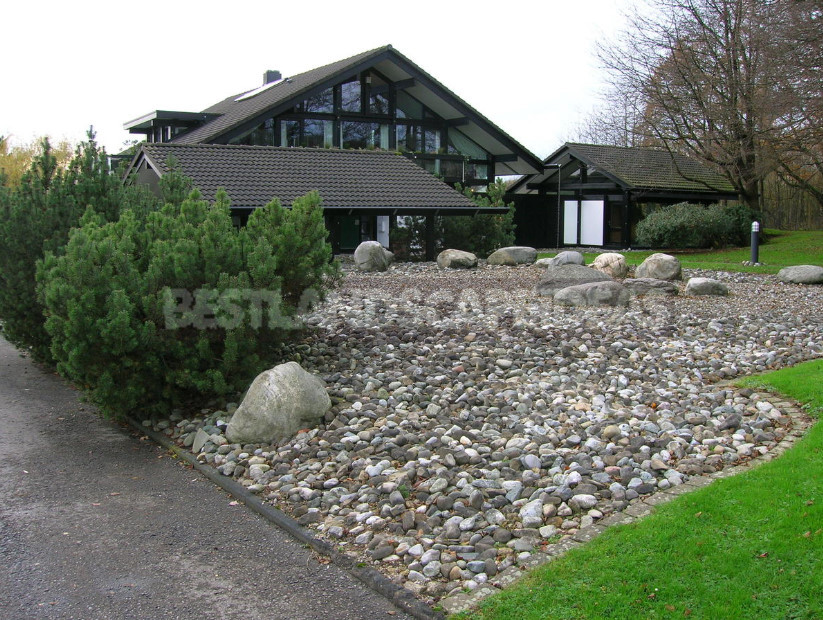
Historically, the style of garden art in Germany of the XX century is identified with naturgarten. Based on the selection of authentic plants for the environmental conditions of each specific location and — as a result — easy and cost-effective in care, the natural garden was popular throughout Northern Europe, but it was in Germany that reached its climax.
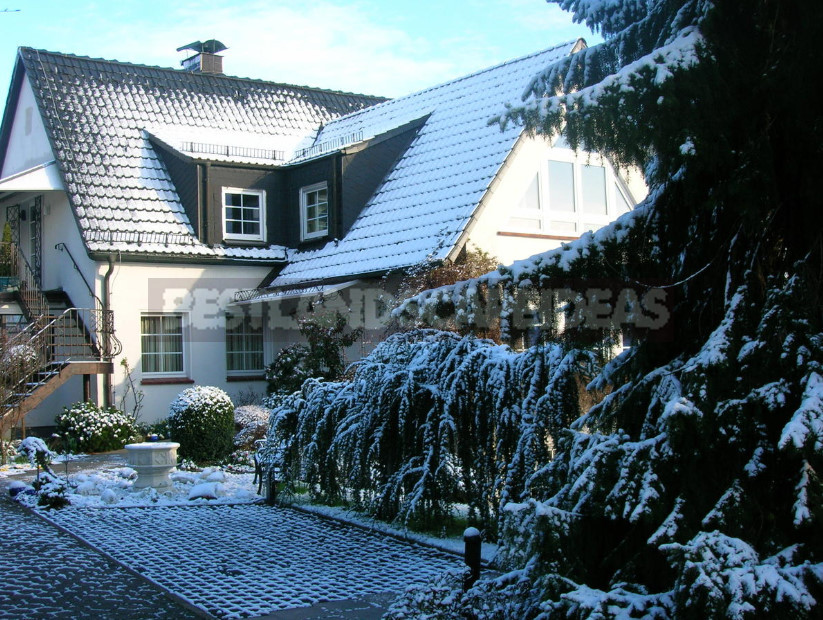
What influenced the appearance of the German garden
The appearance of each garden is not only influenced by the desires and hard work of its owners. There are objective and subjective factors that affect any private garden of the average citizen of each country. A number of these factors are quite broad: from the geographical characteristics of the area to the national mentality — but within the same country, it seems, such a number is unique. For the German garden objective external factors of influence steel:
Strict rules and regulations
The legendary German bureaucracy with strict legislative regulation of the smallest issues of construction of a private house: from what should be the color of the roof, to the minimum number of Parking lots on the site.
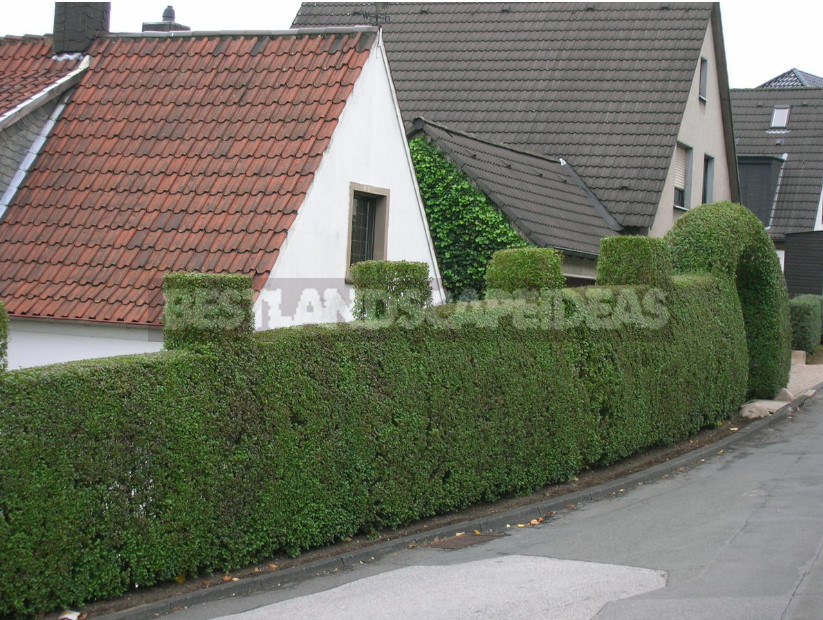
The norms of distances from buildings and landings to the borders of the territory are strictly observed. Even the species composition of the hedge around the perimeter of the land is often regulated by local municipalities through a list of acceptable plants.
On the one hand, this has its advantage, because the German villages look from an architectural point of view as a whole. On the other hand – the whole list of requirements and approvals creates serious limitations in the design of the house and garden.
Economy
Recent events in recent history-the unification of Germany, the enlargement of the European Union and the introduction of the Euro – greatly weakened the country’s economic growth: prices rose rapidly, and wages stagnated. As a result, the most sold out were very small (by our standards) plots: from 2.5 to 4 acres, and buy as much as 6 acres of land and now can afford only very wealthy Germans.
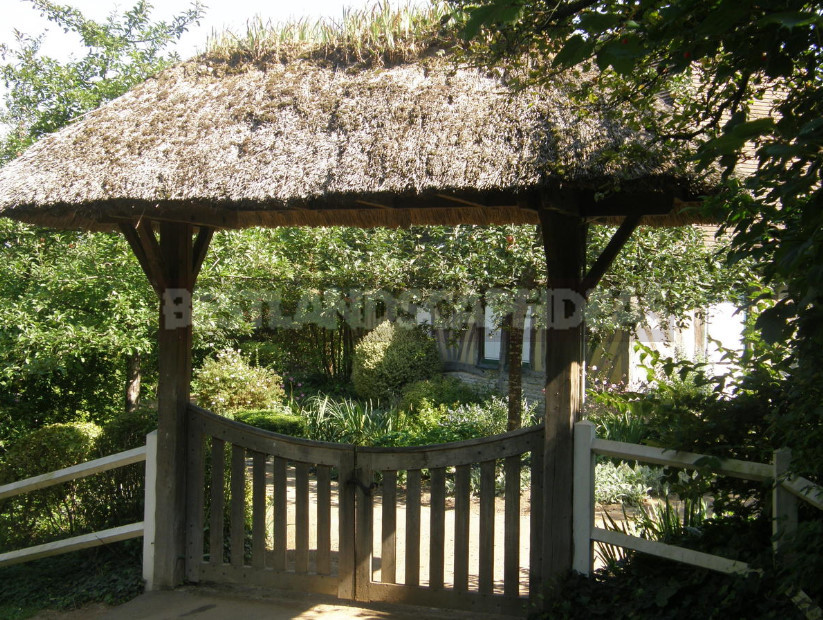
It is clear that the house on this site will always be dominant. From any side you look-always close to the road, and from the remaining area you need to subtract also a place for garage Parking. As a result, we get a small garden in its classic version.
The features of the landscape
The country is characterized by a very uneven terrain, especially in the most densely populated of its lands. Therefore, terracing of the site and the use of retaining walls there is a traditional landscape. The abundance of various local stone allows to show a maximum of imagination not only in the choice of materials and patterns of paving, but also in other rocky undertakings – whether rockeries, dry and wet streams or small architectural forms.

Stone in the German garden acts in all roles.
The climate
The climate in Germany is very mild: the Gulf stream provides the Northern part of the country with an additional portion of heat, and in the South the sun shines all year round. This allows the Germans, first, to grow in their gardens more capricious thermophilic plants (remember the huge clumps of cortaderia in the North of the country and palm trees in Bavaria) and, secondly, to focus in the design of the garden on deciduous evergreen plants.
However, the differences in the gardens, depending on the geographical location is still there: in the North you can feel the proximity of England. For example, Maxwald park – one of the large landscape parks – is designed in the style of Gertrude Jekyll. Northern Germans feel a craving for cold tones, the main colors here are white and blue.
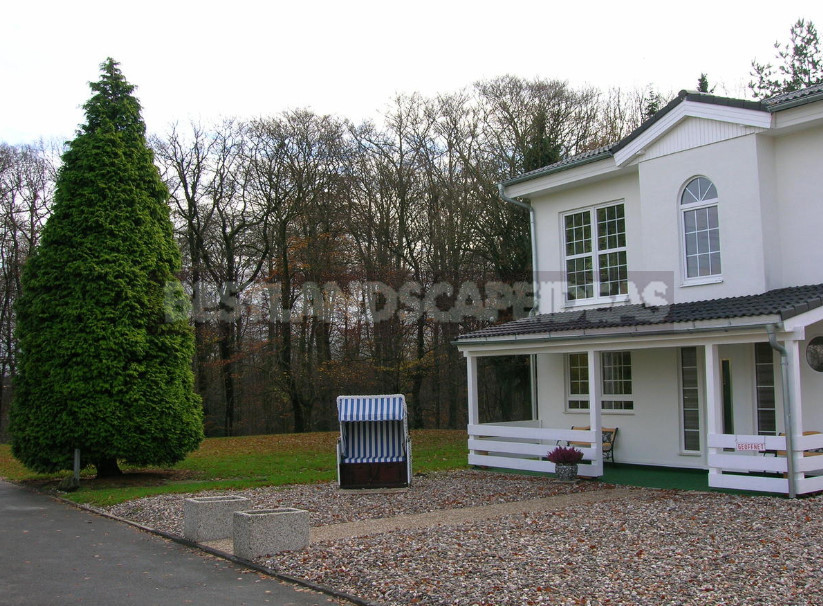
The southern lands are much brighter: typical landhouses with balconies on the perimeter are hung with pots with petunias and pelargonium, the use of heat-loving plants and succulents sometimes makes you think that it is more of a Mediterranean garden than a German one. Walking through the huge private garden – the island of Mainau on lake Constance-you will feel yourself in Italy more than once.
Country history
The history of Germany has undoubtedly left its bizarre imprint on the German garden style: the turbulent twentieth century was for this country a century of division and reunification. The consequences of these tragic events are still visible.
The Eastern lands keep the traditions of Carl Forster. It is here in private homes lives naturgarten, and the gardens themselves look very natural.
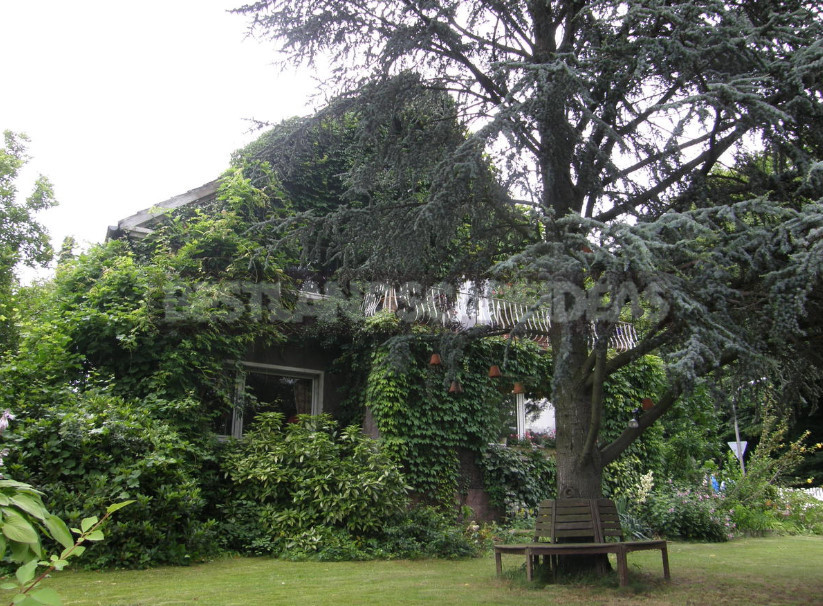
Cracked from time to time paint on a wooden pergola, covered with nasturtium, cereals among simple colors, cozy neglect, but not made for show, as in glossy magazines, when they want to show the “natural” style, and natural, necessary for the East Germans for peace of mind.
All this is not in the Americanized West of Germany with its typical German garden described below – mostly smug, sterile, “staged”.
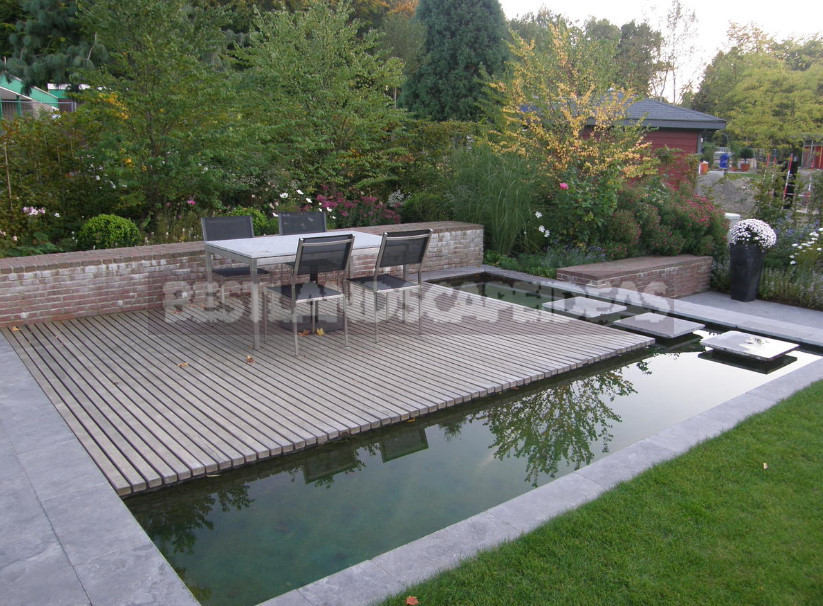
This is due not only to the long-term transatlantic influence, but also the subjective characteristics of the German national mentality.
Features of the German mentality
Ordnung muss sein – “Order first” – favorite German proverb. When uttering this phrase, a typical German has a very soulful expression.
The innate love of purity, in the opinion of a foreign inhabitant, sometimes takes the form of quiet insanity. Saturday-Sunday morning lawn mowing, when all normal people should still bask in bed; periodic plucking seed heads at Viola tricolor and the complete absence of weeds in the flower beds and cracks paving – the smallest sacrifices that can go to the Germans to maintain order.
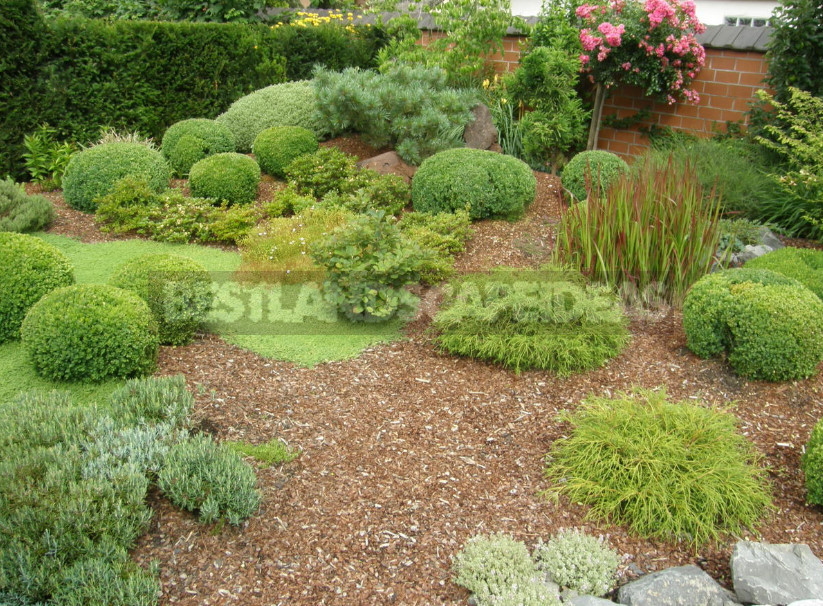
It comes to the fact that the long distances between planting perennials specifically left in order to be free to pass and weeding. And then wash to Shine the tool (and even disinfect) and put it on a specially designated shelf in the garden shed with starch-white curtains on the Windows. The Germans have an amazing property to combine incongruous.



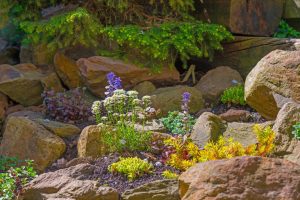
Leave a Reply